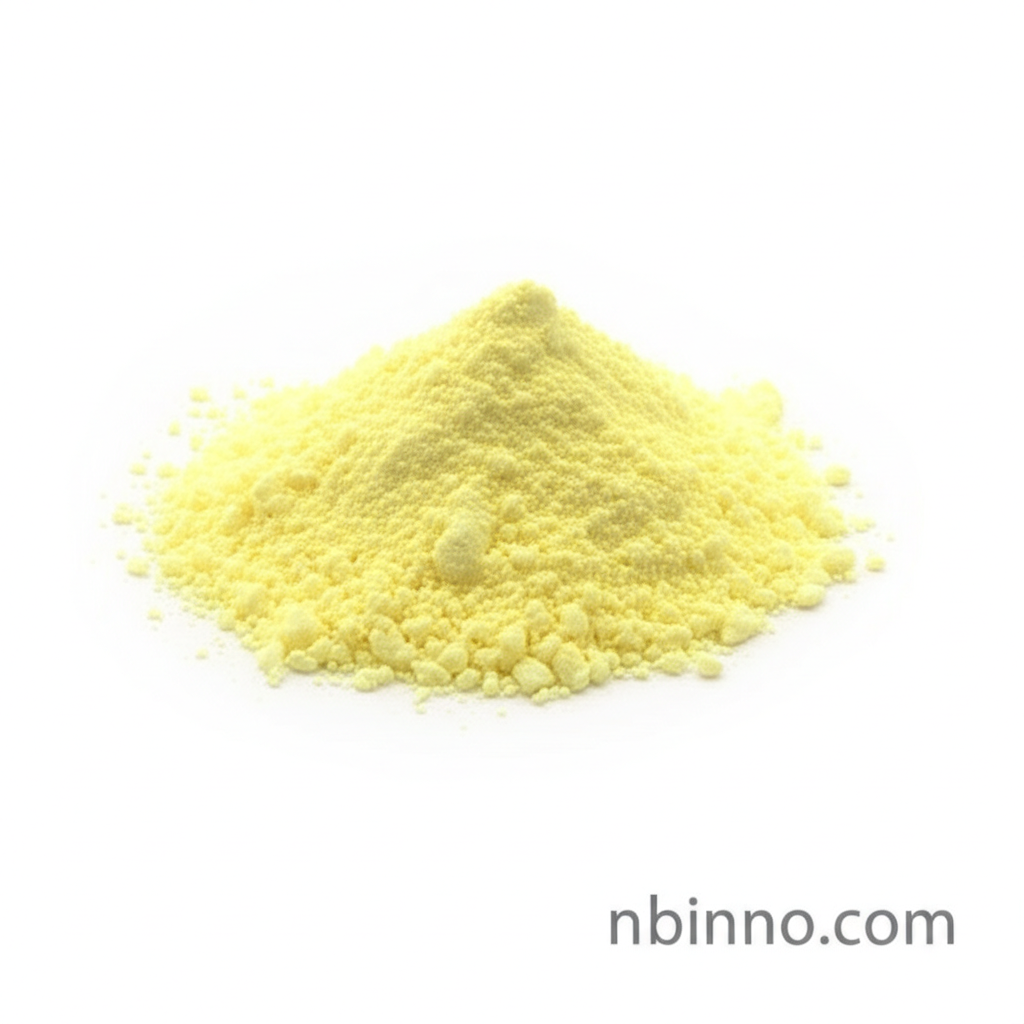L-3-(3-Pyridyl)alanine Dihydrochloride: A Versatile Building Block for Advanced Chemical Synthesis
Explore the synthesis and applications of this critical non-proteinogenic amino acid, powering innovation in medicinal chemistry.
Get a Quote & SampleProduct Core Value

L-3-(3-Pyridyl)alanine Dihydrochloride
L-3-(3-Pyridyl)alanine Dihydrochloride is a specialized amino acid derivative, serving as a crucial building block in sophisticated organic synthesis and medicinal chemistry research. Its unique pyridylalanine structure makes it invaluable for developing novel compounds with potential therapeutic applications.
- Leveraging organic synthesis building block capabilities, this compound facilitates the creation of complex molecular structures essential for drug discovery.
- The medicinal chemistry applications of L-3-(3-Pyridyl)alanine Dihydrochloride are being actively explored for novel therapeutic agents.
- Utilizing advanced techniques like asymmetric hydrogenation amino acid synthesis ensures high enantiomeric purity for specific biological targets.
- The compound's role in solid-phase peptide synthesis amino acid applications allows for efficient creation of peptide libraries for screening.
Advantages You Gain
Enhanced Molecular Design
The unique pyridyl group in this non-proteinogenic amino acid opens up new avenues for molecular design in medicinal chemistry, enabling finer tuning of compound properties.
Efficient Synthesis Routes
Benefit from optimized synthesis methods, including green chemistry amino acid synthesis approaches, that reduce environmental impact and improve yield.
Versatile Building Block
As a key organic synthesis building block, it is integral to the creation of diverse chemical entities, accelerating research and development pipelines.
Key Applications
Organic Synthesis
As a critical organic synthesis building block, L-3-(3-Pyridyl)alanine Dihydrochloride is employed in constructing complex organic molecules for various research purposes.
Medicinal Chemistry
Its unique structure makes it a prime candidate for medicinal chemistry applications, aiding in the discovery and development of new pharmaceutical compounds.
Peptide Synthesis
In peptide synthesis, this compound is used to introduce specific functionalities and structural modifications, advancing drug discovery through peptide-based therapies.
Research and Development
Widely utilized in research laboratories, its CAS 93960-20-4 designation ensures reliable sourcing for a broad spectrum of scientific investigations.
